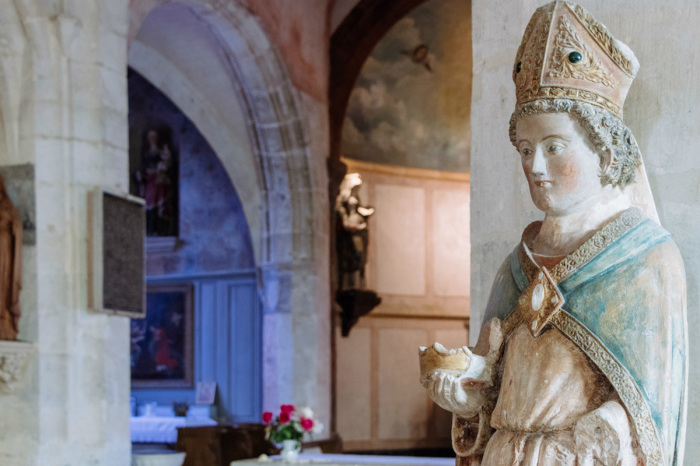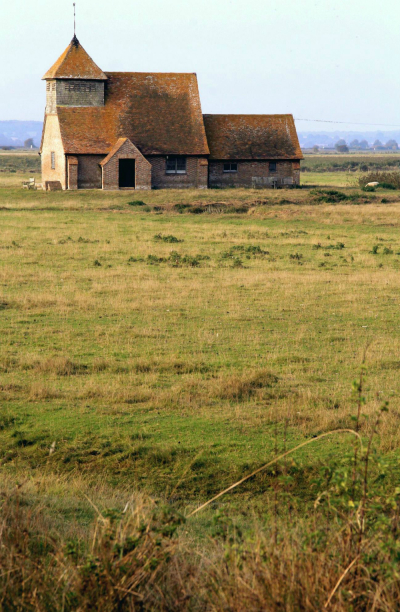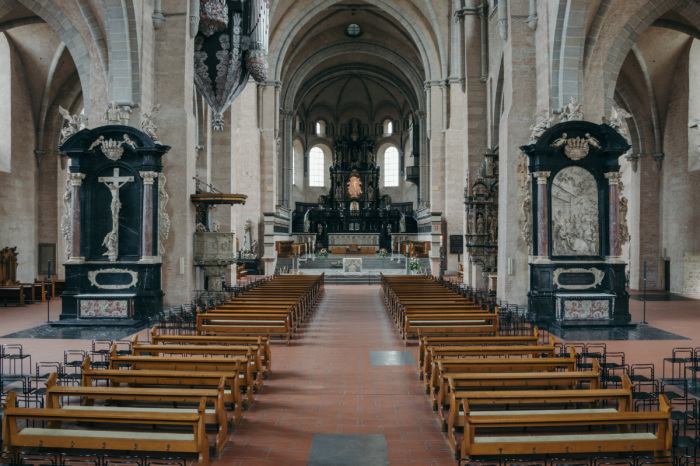17 historic churches to visit once international travel resumes
Church enthusiasts, sometimes called church crawlers, are having a difficult year.
Not only has international travel been greatly restricted due to the novel coronavirus, but the pandemic also closed the doors of many churches and cathedrals within the United States.
Virtual worship may be an option for churchgoers, but the poor-quality pictures and videos that dominate the websites and social media channels of all too many congregations is hardly sufficient for ecclesiastical art and architecture aficionados.
This columnist is among those affected, as I haven’t been able to physically visit landmark churches and cathedrals — well, the interiors — for months.
Worst of all, some of these houses of worship may never reopen for their original purpose of glorifying God because of money. Simply put, the lack of in-person worshippers putting a few dollars into the collection plate or tourists paying a fee for a guided tour has had significant financial ramifications on congregations with expensive to maintain historic edifices.
The following are 17 churches across England, France and Germany to visit once widespread international travel resumes.

Church of St. Radegund
Most of the visitors to the French village of Giverny in Normandy come to see the house of Claude Monet.
Sadly, many never walk through town to the Roman Catholic parish church dedicated to the sixth century Frankish queen and saint. Those that do come often don’t venture beyond Monet’s grave in the churchyard.
The church — typical of a small medieval church in a countryside village — is simple but elegant. The interior, however, contains an exquisite polychromed 14th century statue of St. Louis of Toulouse (also known as St. Louis of Anjou).

Romney Marsh
Located in Kent, a history-rich county in southeastern England, the 100-square mile Romney Marsh contains 14 churches, including some with art and architectural details dating back nearly a thousand years to time of the Norman conquest in 1066.
The churches were actually the subject of my first Spires and Cross column three years ago this month.
One of the most photographic is St. Thomas à Becket Church in the deserted village of Fairfield. Other notable churches can be found in places with quaint names like Ivychurch (how appropriate!), Snargate, Old Romney and New Romney, which, like the Romney Marsh, are pronounced as “Rum-ney” and not “Rom-ney” as in Mitt Romney.

Trier Cathedral
Picking just one church in Trier, Germany, is impossible. The city, once a seat of the Roman Empire under Emperor Constantine the Great, is a must-visit for any church crawler.
Trier Cathedral, formally the High Cathedral of St. Peter, is the main landmark. The cathedral, the oldest in all of Germany, was first built in the 300s over the palace of Constantine’s mother, Empress (and later St.) Helena.
Architecturally, it is a panoply of architectural styles — the brick on north and south walls at the transepts is original to the Romans — thanks to the power and wealth of Trier’s Roman Catholic archbishops, who reigned supreme both spiritually within the church and secularly in temporal affairs. It is also known the world over as having the purported robe worn by Jesus Christ at the crucifixion.
Spires and Crosses, a travel column exclusive to The Christian Post, is published every week. Follow @dennislennox on Twitter and Instagram.
Dennis Lennox writes about travel, politics and religious affairs. He has been published in the Financial Times, Independent, The Detroit News, Toronto Sun and other publications. Follow @dennislennox on Twitter.




























